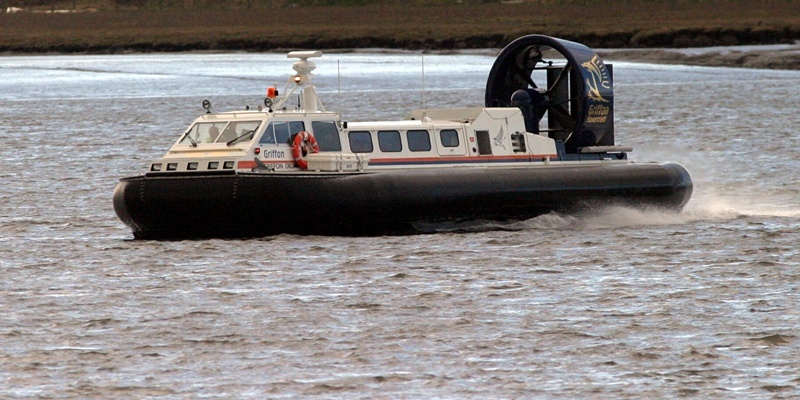A cross-Forth hovercraft would benefit the environment as well as commuters, said Stagecoach.
The bus operator and South East of Scotland Transport Partnership (SEStran) are pushing ahead with plans to develop landing points at Kirkcaldy and Portobello in Edinburgh.
However the link is reliant on a commercial operator being prepared to run it and earlier this week Fife Council stated it had ceased procurement discussions and could offer only non-financial assistance.
A lack of interest from potential operators was among the reasons behind the council’s decision.
Stagecoach, which trialled the crossing between Kirkcaldy and Portobello in 2007, said if the link became a reality it would slash journey times for commuters.
While the bus would take as long as an hour and a half during rush hour, crossing the Forth by water would take just 20 minutes plus a 15-minute bus ride into the centre of Edinburgh.
Motorists were estimated to take 15 minutes longer to reach the capital from Kirkcaldy because they do not benefit from the use of bus lanes.
The train meanwhile can take from 35 to 50 minutes.Fuel efficientAs well as being quick, Stagecoach said even if only half-full a hovercraft is more fuel efficient than a car with an occupancy of 1.3 people-the average number of people travelling in vehicles across the Forth Road Bridge.
According to Forth Estuary Transport Authority’s figures, around 30,000 cars cross the Forth Road Bridge every day and 70% of these vehicles are occupied by just one person.
A Stagecoach Group spokesman said, “The work we have carried out to date, including the successful trial in 2007, has shown a cross-Forth link could deliver transport, economic and social inclusion benefits.
“As we have made clear, many specific details of any potential service would require to be reassessed as part of an updated business plan if our planning applications submitted to Fife Council and City of Edinburgh Council for landing and passenger facilities are successful.
“This reappraisal would test the economic viability of a link before any service was launched.
“It would consider prevailing operational costs, time-tables and service frequencies, the investment required for craft, re-evaluation of consumer demand, fares structure, as well as the current and projected economic conditions and available public support for the project.
“In the meantime, we remain supportive of any steps to establish a cross-Forth ferry link and, as a major bus operator, would be happy to assist in providing bus links for such a service.”
Plans to develop landing facilities at Kirkcaldy and Portobello have been granted match funding from the European Union, with the other half of the £1.1 million proposal being provided by Stagecoach and SEStran.
SEStran chairman Russell Imrie said, “SEStran is fully supportive of the hovercraft initiative and we are in fact currently working with Stagecoach on an EU match-funded project to provide landing areas for the service in Portobello and Kirkcaldy.
“SEStran is committed to building an inclusive and sustainable transportation system for south-east Scotland, and to supporting the development of innovative and imaginative solutions to achieving that end.”
